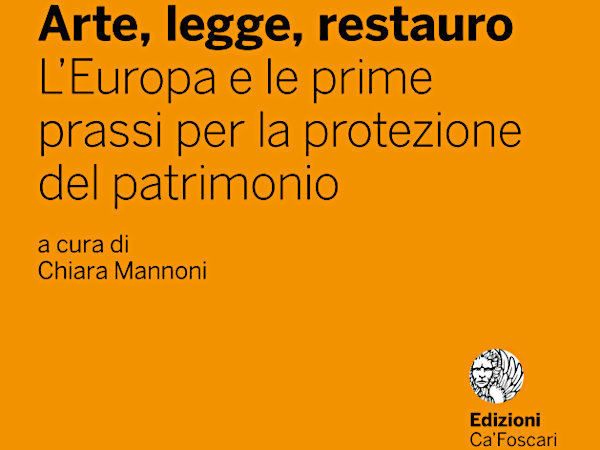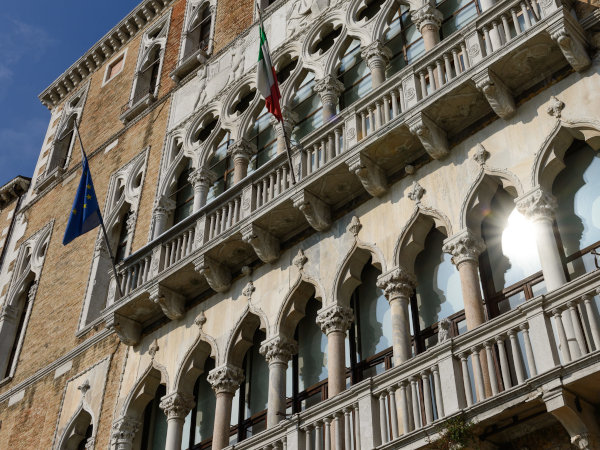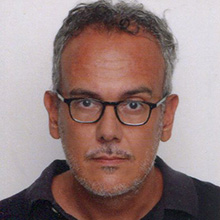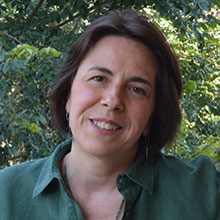LAW-LOVE
The origins of the heritage legal protection in 15th- to 18th-century Europe
Project
What is LAW-LOVE?
Tracing the origins of the protection of historic and artistic heritage, by studying the laws issued on the safeguard of monuments and artworks in 15th- to 18th-century Europe
The process of construction of strong European identity and awareness should include shared practices to protect the monumental, historic and artistic heritage that is spread in the countries throughout Europe. As a substantial evidence of European past, individuality and ethos, our heritage requires unfailing activities of maintenance and restoration, as well as clear rules and procedures devoted to its legal protection and control.
At present day, the policies to preserve and supervise the archaeological, historic and artistic heritage in Europe are essentially delegated to the Member States in which these evidences are respectively located. This means that, apart from the wider UNESCO Conventions, the UNIDROIT resolutions on the stolen and illegally exported artefacts, the chart on the architectural heritage, and the pact on the archaeological heritage, common European guidelines to preserve, catalogue, restore, administer, supervise and document the visual and material works of our past are lacking.
LAW-LOVE is a European Union’s Horizon 2020 – Marie Skłodowska-Curie Action, coordinated by the University Ca’ Foscari of Venice (Grant Agreement No. 837857). In the perspective to create a shared protocol to catalogue the heritage in Europe, and to standardize its related activities of conservation and safeguarding, LAW-LOVE intends to establish a cultural and historic foundation to promote such a new common practice. The project deals with an ultimate analysis of the old laws that were issued on the protection of artworks and monuments in the early-modern and modern European countries (1400s-1700s). The overall objective is to develop a comparative examination of this early legislation within a juridical, cultural and art-historical perspective, in order to understand the systems established in 15th- to 18th-century Europe to administer, supervise, protect, conserve, maintain, classify and document what was thought of as “heritage” in each different region.
This website aims to contribute to the circulation of the awareness on the need to protect the heritage at a European Union level, that is, within its specific context but following shared practices and agreements. For this reason, the website is updated regularly with the latest research results and the planned communication activities.
Outlining the early "heritage" protection in Europe
Before observing what happened in Europe between the early 15th and the late 18th century, it should be remarked that former rules on the “heritage” safeguard had been established in the Late Roman Empire to limit the uncontrolled reuse of the ancient spolia of Rome and Athens. Similarly, in the Middle Ages a few bills were issued to protect single highly-significant monuments – such as the Trajan Column and certain churches – from destruction in Rome and some towns in Spain. By contrast, the regulations issued between 1400s and 1700s consent to understand both the analogies and the differences in the early systems set up to protect the “heritage” in the different states, and the origin of a widespread awareness on the need to protect the “local glories” within each region.
Research
What does LAW-LOVE deal with?
LAW-LOVE is a European Union’s Horizon 2020 – Marie Skłodowska-Curie Action, coordinated by the University Ca’ Foscari of Venice (Grant Agreement No. 837857). The project deals with a fundamental analysis of the old laws that were issued on the protection of artworks and monuments in the early-modern and modern European countries (1400s-1700s). The overall objective is to develop a comparative examination of this early legislation within a juridical, cultural and art-historical perspective, in order to understand the systems established in 15th- to 18th-century Europe to administer, supervise, protect, conserve, maintain, classify and document what was thought of as “heritage” in each different region. One of the main results of the project is to make available to the wide community these old laws, thanks to their translation into English.
What does LAW-LOVE involve?
The core investigation of the project focuses on:
- The cultural and conceptual foundation of the law: the comparative analysis of the regulations, edicts, and laws issued in different epochs and countries in Europe consents to uncover the origins of the concept of “heritage” as we currently understand it. The comprehension of the historical lexicons in different times and geographies also allows to trace the development of the interconnected definitions of “monument”, “movable artwork”, “portable painting”, “antiquity”, “monumental area”, and so forth, in the early juridical systems in Europe.
- The first systems of administration and supervision of the “heritage”: the interdisciplinary study of the corpus of law brings to light the earlier organisms appointed to implement the regulations – and thus to protect the artefacts in each European country. This include historical data related to the very first establishment of managerial figures, such as inspectors, commissaries, commissions, keepers, officers, guardians, and so forth.
- The early legal instruments/apparatuses conceived to protect the “heritage”: the interconnected juridical, cultural and art-historical perspective consents to gather and compare data related to the tools prescribed to put the law into effect in each European area: catalogues, inventories, the right of first refusal, instructions to restore the artefacts, procedures of inspection, standards to supervise the sales in the art market, and so forth.

What are LAW-LOVE expected results?
At present day, LAW-LOVE is bringing about the following results, which possibly will expand further in the forthcoming research phases:
- Make accessible the old laws and regulations to the wide European community, by translating them from their respective original languages (Vernacular, Latin, early-modern Italian, Spanish, German, Swedish, Danish, etc…) into English.
- Identify the cultural inferences of the early-modern and modern laws in the development of a wide, consistent, fully-inclusive concept of “heritage” – as we currently appreciate it.
- Understand the first practices set up to administer, protect, supervise, preserve, restore, classify and record what was thought of as “heritage” in various geographic areas of Europe between 1400s and 1700s.
- Establish a new state-of-the-art, exploring new research perspectives and interdisciplinary possibilities in the fields of Art History, History of Restoration, Legal History, Comparative Law, History of Administration, Cultural History, and possibly even more.
- Contribute to European Union policy-making in the field of the heritage protection, laying the foundations to create the first shared EU regulation to catalogue, restore, administer, protect and document the material and visual heritage of Europe.
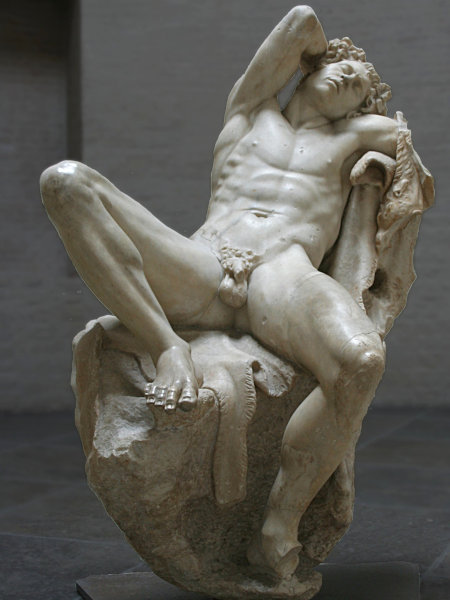
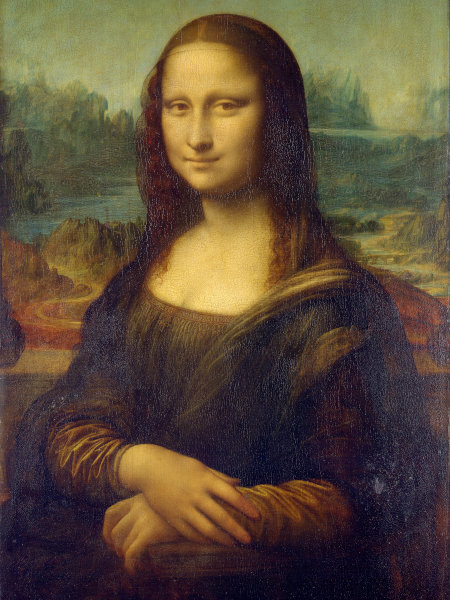
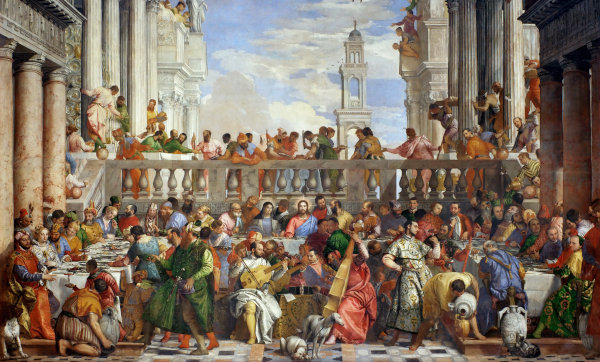
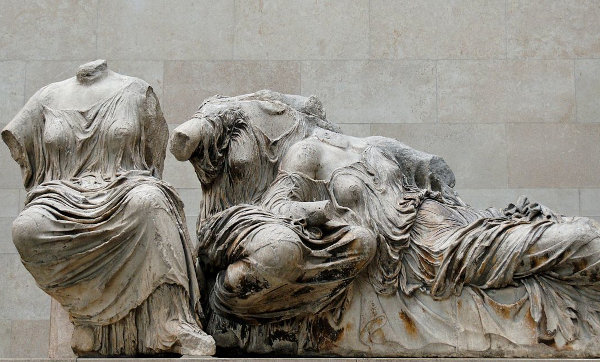
Outreach
Covid-19 emergency updates
Due to the restrictions to interactions and social distancing in the past few months, Ca’ Foscari University cancelled or moved online several events related to research communication. While this circumstance has affected the events that were included in LAW-LOVE’s calendar, we believe that such restrictions were for a greater benefit and purpose. We are gradually rescheduling museum tours, exhibitions and public speeches!
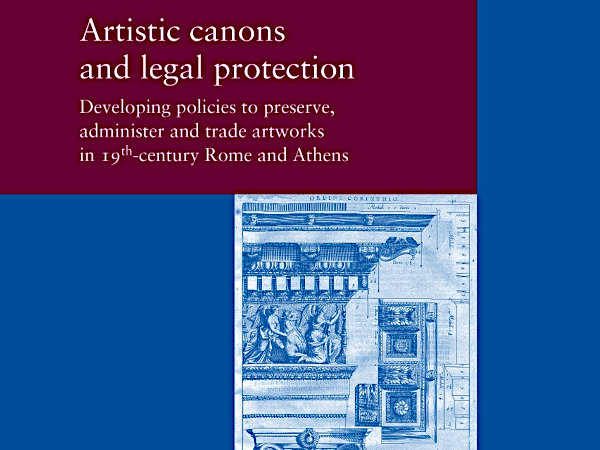
Forthcoming book: “Artistic Canons and Legal Protection”
Chiara Mannoni’s “Artistic canons and legal protection. Developing policies to preserve, administer and trade artworks in nineteenth-century Rome and Athens” will be published in December 2022, as part of the publication serie Studien zur europäischen Rechtsgeschichte of the Max-Planck Institute for European Legal History of Frankfurt. The first part of the book, “Early legislation on heritage protection”, is constructed on the latest results of LAW-LOVE.
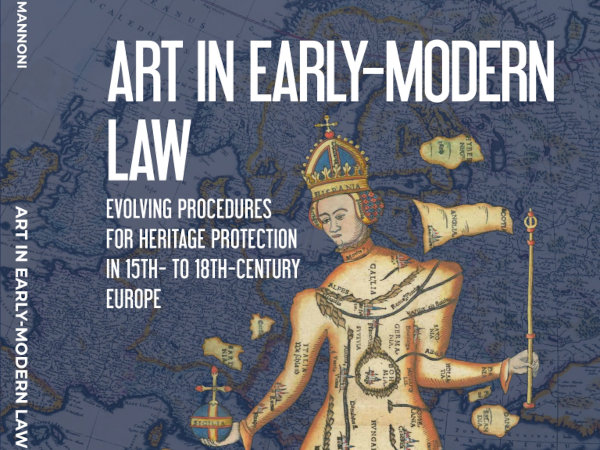
Forthcoming book: “Art in Early-Modern Law”
The volume "Art in Early-Modern Law. Evolving Procedures for Heritage Protection in 15th- to 18th-Century Europe" will be released in November 2022 (Leiden: SideStone Press). The texts have been conceived and translated by Chiara Mannoni and Amedeo Ceresa Genet. The abstract and the table of contents, as well as further information, are available on the publisher's website.
Forthcoming conference proceedings: "Arte, legge, restauro"
The proceedings of the conference "Art - Law - Restoration. Europe and the early practices for heritage protection" (Venezia, 8-9 July 2021), will be published at the end of the summer 2022 by Ca' Foscari University Press.
A preview of this volume is available on the publisher's website.
Conference “Art – Law – Restoration. Europe and the early practices of heritage protection”
8 and 9 July 2021, Ca' Foscari palace (Aula Baratto), Dorsoduro 3246, Venice
The event is held in presence and online. To receive Zoom links and codes, please send a message to: conferenza.venezia.2021@gmail.com.
This colloquium intends to put into a comparative perspective different disciplines and geographical contexts, with the specific aim to uncover mutual exchanges and interrelations within the history of the heritage protection and restoration in 16th- to 19th-century Europe. The systems elaborated in selected States to safeguard the local heritage will be observed within various approaches, including archaeology, art history, history of law, history of politics and museums. Particular consideration will be given to the practices developed in the Kingdom of Naples, Spain, the Grand Duchy of Tuscany, Greece, Prussia, the Papal States, France, and the Scandinavian Countries.
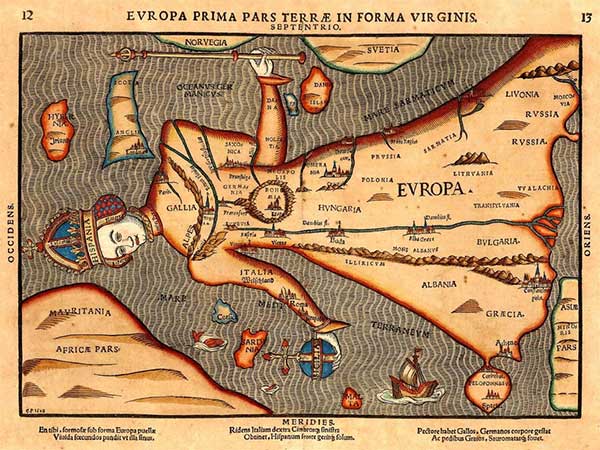
Seminars and lecturing
Records of the seminars held (in Italian) at the Bibliotheca Hertziana Max-Planck-Institute of Rome on 31 May 2021 can be requested at the secretary of the institute. The seminars focused on specific aspects of restoration, protection and circulation of antiquities in Rome, Athens and the whole of Europe:
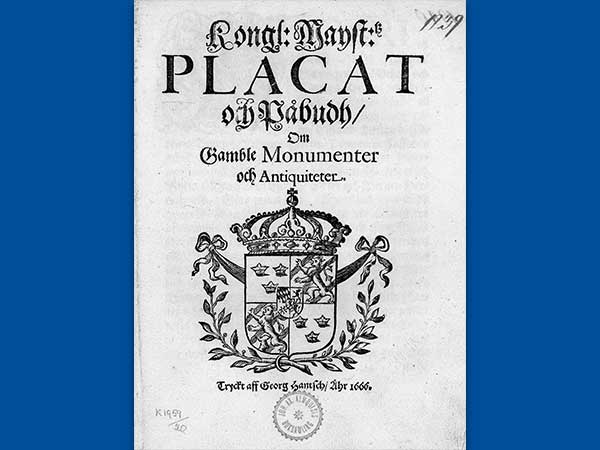
Articles and further publications
The following articles are available in open access. Follow the link and enjoy the reading!
- “Tutela del patrimonio in età barocca. Tra Svezia e Stato Pontificio, il Placat per la protezione delle antichità scandinave” / “Heritage protection in the baroque period. Between Sweden and the Papal State, the Placat for the safeguard of Scandinavian antiquities" (in Italian)
- “Protecting antiquities in early modern Rome: the papal edicts as paradigms for the heritage safeguard in Europe” (in English)

Venetonigh – Researchers’ Night
The 24th of September 2021, the city of Venice will host the event “Venetonight - Researchers’ Night” organized by the University Ca’ Foscari. The workshop “First lesson of Art History” (in Italian, 6-10 years old kids) will be held at the Aula Baratto at 5.25 pm and 6.05 pm.
Book your spot [ITA]
Team
Who are we?
Chiara Mannoni
Marie-Curie research fellow
Giovanni Maria Fara
Project supervisor from November 2021
Maria Chiara Piva
Project supervisor until October 2021
Short bio
The first English language specialist in the project is Amedeo Ceresa Genet, a free-lance Italian-American translator and instructor of English for the Cambridge ESOL exams. Since 2009 Amedeo has been working as interpreter, teacher, examiner, proofreader, and professional translator in several schools and touristic centers in the province of Rome, travelling to the US as tour guide several times. He has specific interests in translation techniques, sectorial languages, grammatical and semantic instruments of interpretation, and comparative phraseology, particularly applied in translations related to philosophy, history and the arts.
Short bio
The second English language specialist in the project is Valentina Mazzei. She received her BA Hons and MA from the University College London. She also holds the Institute of Linguists Diploma in Translation and the Trinity College TESOL Certificate. In 2008 she was awarded her Ph.D by the University of Sheffield for her thesis “An Edition and Study of Besançon Municipal Library Ms. 864 (Jean Froissart’s Chroniques, Book I, ‘A’ redaction)”. She contributed to the AHRC funded Online Froissart project as a Postdoctoral Editorial Fellow. After teaching English in the Lifelong Learning Sector for over 18 years, she currently works as a freelance translator and a sculptor.
All the department administrators provide support to: finances, research management, missions abroad, publications, copyrights, technical and administrative issues.
How can I collaborate to LAW-LOVE?
If you have any interest in the history of the heritage protection and restoration, or any suggestion, curiosity, opinion on the topics covered by LAW-LOVE, please contact the researcher Dr. Chiara Mannoni via e-mail: chiara.mannoni@unive.it.











